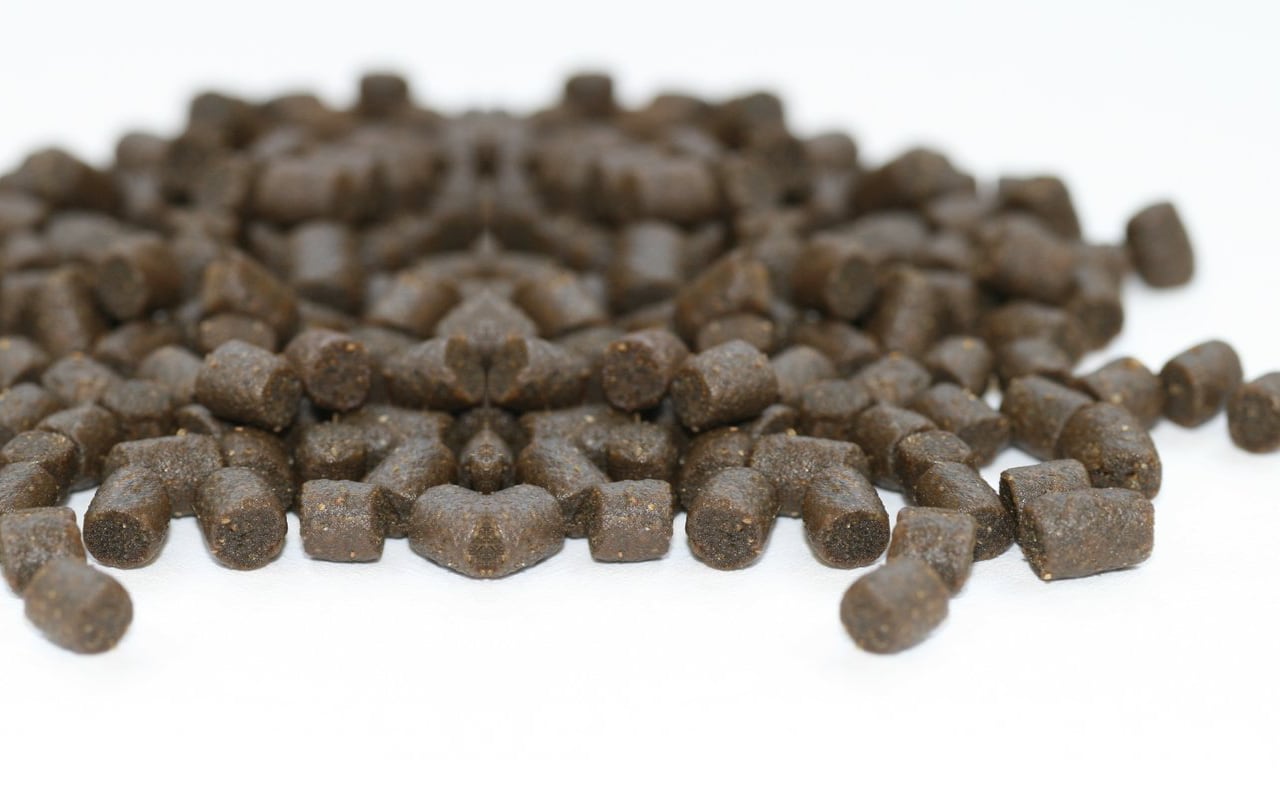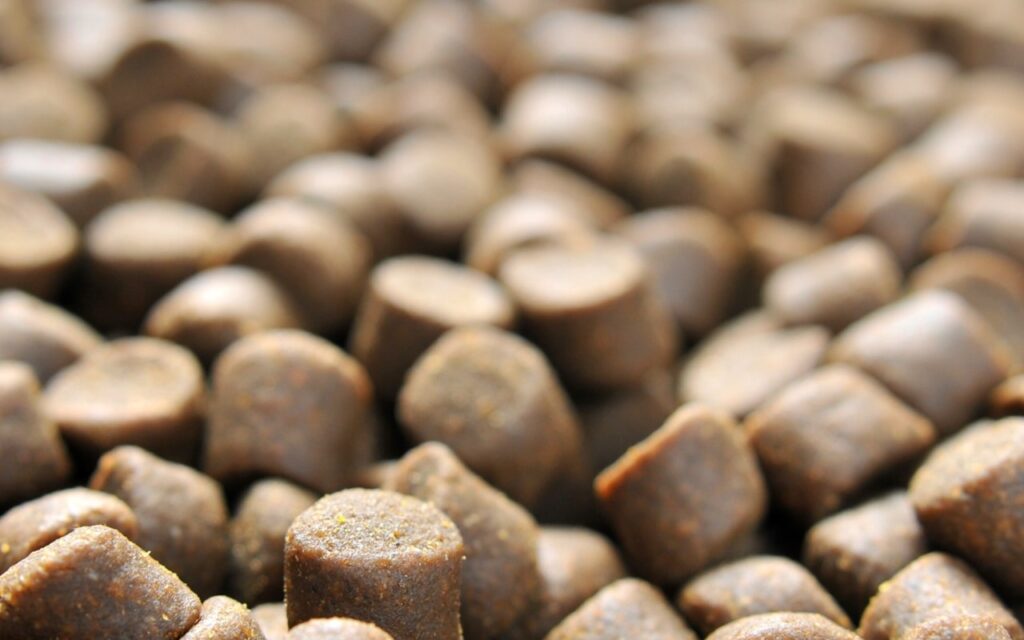Turkish aquaculture has been growing rapidly for the past ten years, and the Ministry of Agriculture and Forestry of the Republic of Türkiye plans to expand production to 0.6 million tonnes in 2023. To achieve this level of production, the aquafeed manufacturing sector will need to produce more than a million tonnes feeds. Below you will see a part of FAO report regarding Turkish Aquafeed Industry Outlook Towards 2030 which will be shared in due course of time. Please deal with it for now, the rest will be here…
Cooperation among stakeholders represents an essential component for growth promotion. Research and development is also foundational to the development of the aquafeed sector and increasing production volumes of high quality feeds to support the projected national increase in aquaculture production. Furthermore, there is a need to address consumer acceptance and feed cost concerns, and develop marketing strategies for aquafeeds. From an industry perspective, there is a need to focus on the identification of alternative feed ingredients to fishmeal and fish oil, the inclusion of these novel feed ingredients in feed formulations, and the implications of climate change on feed ingredient availability. In this sense, the industry should support public research projects and local educational activities such as training s and workshops. To this end, the industry should invest in R&D and protect intellectual property to maintain its global competitiveness.
A research and development plan for aquafeeds in Türkiye should focus on the following four key areas:
- Alternative locations and alternative aquafeeds: While alternative feed ingredients to fishmeal and fish oil have been intensively studied, insufficient progress has been directed to their incorporation into commercial feeds. In addition, novel feed formulations should be developed to mitigate the effects of variations in water quality – such as the elevated water temperatures in south-east Mediterranean where new marine production areas have been opened.
- Locally available alternative feed ingredient: Even though the nutritional value of many novel feed ingredients such as insect, bacterial and yeast meals and agricultural by-products have been evaluated for incorporation in aquafeeds, researchers need to address their impact on aquafeed manufacturing processes and their suitability for use at a commercial production scale.
- Spatial climate change planning for aquafeeds: It is explicitly noted in this report that climate change will not only impact the supply of feed ingredients, but it will also negatively impact some production systems. The sustainability of production sites under variable climate change scenarios should be considered. Aquaculture research and development efforts should focus on adaptative approaches to mitigating the impacts of climate change on the aquafeed and aquaculture production sub-sectors.
- Carbon footprint of Turkish aquaculture and aquafeed sectors: The expansion of aquaculture in Türkiye combined with the increasing levels of aquafeed production should be undertaken in a sustainable and carbon-efficient manner. While the aquaculture industry currently reports relatively low greenhouse gas emissions, efforts should be made to ensure that they do not rise.




